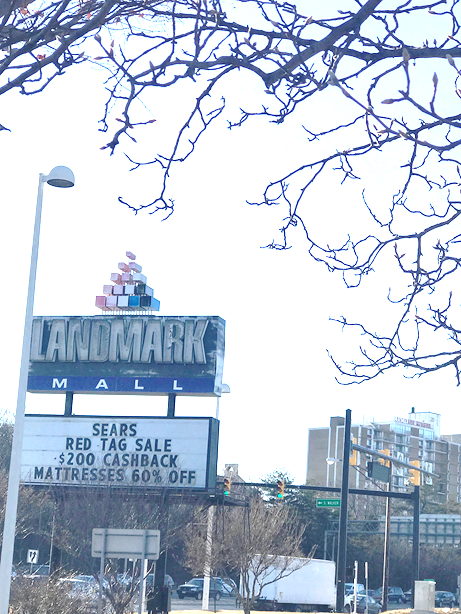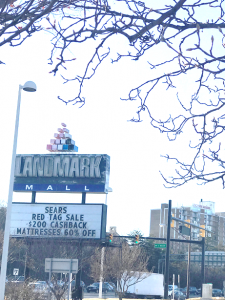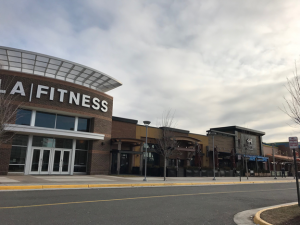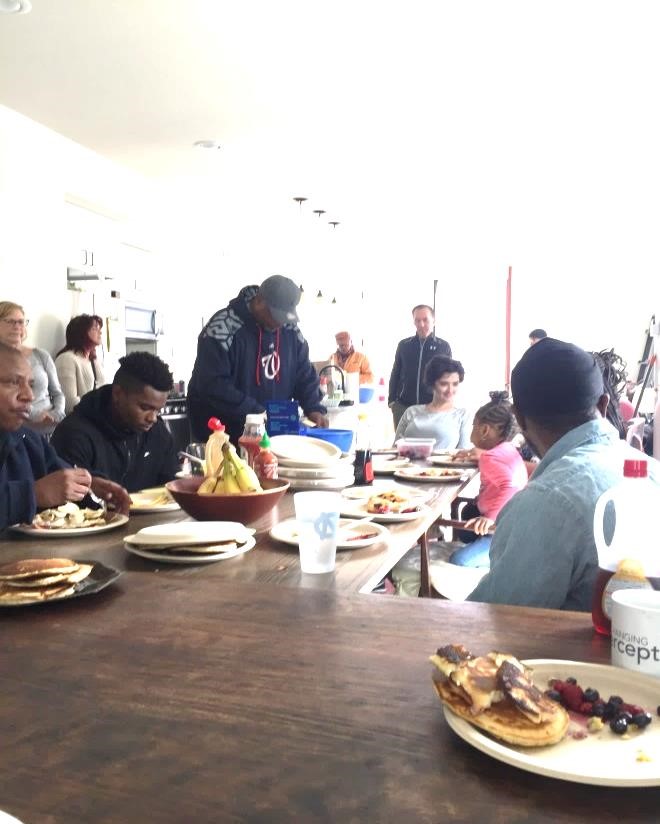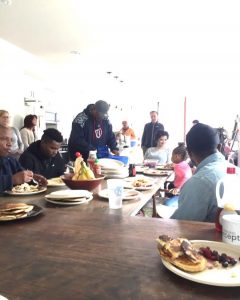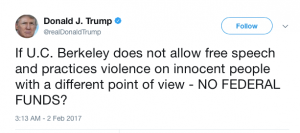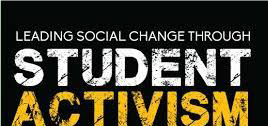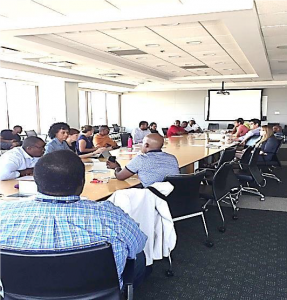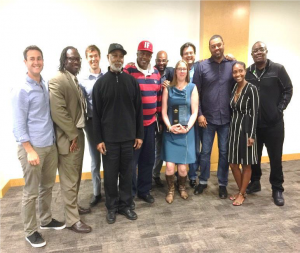By Briana Pocratsky
At points in American history, certain types of workers and forms of labor have been hypervisible, while others have been made invisible though processes of value assignment. By analyzing representations of laboring bodies, we can gain an understanding of how society has valued different workers and forms of labor. Similar to the category of “the working class,” “American workers” are often narrowly associated with whiteness, maleness, and industrial labor in the popular imagination. Contemporary dominant constructions of the working class elicit an image of a dirt-covered white man wearing a hard hat while standing, arms crossed, next to heavy machinery in “Small Town, U.S.A.” However, the category “working class,”1 and the notion of “American workers,” intersects at multiple axes of identity, including but not limited to race, gender, age, and geographic location and also includes the service industry and industrial jobs.2
I visited the National Portrait Gallery to see the current exhibition “The Sweat of Their Face: Portraying American Workers.”3 I was interested in how the exhibition crafts a narrative of “American workers” and if it complicates dominant portrayals of work and workers in the U.S. Featuring approximately 75 works of various media, “The Sweat of Their Face” aims to capture points of the changing and multidimensional landscape of American workers over time and their relationships to labor, power, and emotion. The exhibition presents a range of topics and themes including slavery, war, child labor, exploitation, solidarity, the “everydayness” of work and depictions of heroism, joy, and despair.
Representations
The exhibition displays familiar representations of American workers, such as the Farm Security Administration documentary photographs during the Great Depression, including Dorothea Lange’s “Migrant Mother” (1936), and the WWII propaganda character and cultural icon associated with Rosie the Riveter. Well-known artists, such as Norman Rockwell, as well as less mainstream portrayals and artists are also included in the exhibition. Many representations unsurprisingly echo themes relating to Karl Marx’s ([1932] 1972) concepts of exploitation and alienation and Max Weber’s “Iron Cage.”4 In addition to portrayals directly offering a commentary on social inequalities in relationship to American workers, the exhibition also presents other themes to its audience, such as strength and dignity.
The two main entrances to the exhibition are used to loosely bracket representations across time, space, and identities in conceptualizing American workers. One of the entrances includes the work “Pat Lyon at the Forge” (1829, orig.1826) by John Neagle. The oil on canvas painting features Pat Lyon, a blacksmith and businessperson, who was wrongly accused of and imprisoned for robbing the Bank of Pennsylvania (a location that he made locks for). Years after proving his innocence, Lyon commissioned Neagle for the painting (Ward and Moss 2017).
The image features Lyon at the forge, sleeves rolled, and pausing in the midst of manual labor as an apprentice in the background looks at Lyon with admiration. Also in the background is Walnut Street Jail, a reference to his imprisonment (ibid.). Lyon chose to be represented as a laborer, contrary to the popular conventions of the nineteenth century when commissioned portraits were usually representations that conveyed an elite status (Museum of Fine Arts, Boston 2018). Neagle’s portrait of Lyon captures the spirit of modern capitalism, illustrating Max Weber’s ([1958] 2003) concept of the Protestant work ethic in which hard work, frugality, and industry were at one time signifiers of salvation.
However, Weber argues that these traits have since become untethered from ascetic Protestantism, allowing capitalism to thrive on its own. The artwork at the other entrance of the exhibition is “Woman Cleaning Shower in Beverly Hills (After David Hockney’s Man Taking Shower in Beverly Hills, 1964)” (2013) by Ramiro Gomez. The acrylic on canvas work features a woman of color, a housekeeper, whose back faces the viewer; she is hunched over and cleaning a shower with a squeegee.
Gomez’s painting references a previous work, David Hockney’s “Man Taking Shower in Beverly Hills” (1964), which features a faceless white man, bent over, taking a shower in a very similar setting as the housekeeper from Gomez’s painting. Gomez has reframed a number of Hockney’s paintings, providing a commentary on class, race, gender, and immigration.
The faceless white, affluent male of Hockney’s painting, who leisurely takes a shower in a Beverly Hills home, seems unaware of the labor behind the maintenance of luxury. In an interview, Gomez elaborated on the faceless domestic workers in his artwork in relationship to his reimagining of Hockney’s art:
“Culture shapes and shifts as it moves. It influences perception. That is something that Hockney has always involved himself with: perception, the ways of rendering something three-dimensional in two dimensions. With me, I’m very curious how [my] work can re-shape and re-form what people had previously seen as the California life. People tell me they can’t see Hockney’s work the same way after. That was the goal for me” (Miranda 2016).
While Gomez’s painting makes a statement on its own regarding invisible and unrecognized labor, especially in relationship to the working-class Latinx community in Los Angeles (Ward and Moss 2017), the full extent of Gomez’s narrative can only be understood in context with Hockney’s work.
Taken together, these works provide a stark contrast of laborers and employers and their social statuses particularly as it pertains to agency and visibility.
Moments and Settings
“The Sweat of Their Face” exhibition includes representations of American workers whose identities and labor are often not valued, forgotten, or made invisible in the popular imagination. Representations, which often teeter between individuality and anonymity are never total or complete in relationship to the subjects or the history of which they are a part. Moreover, representation depends on who is behind the camera or the canvas and how the artist chooses to represent a subject. However, the exhibition pulls out moments in time and space across American labor history through fine art representations to highlight some cultural, political, and social settings while attempting to foster empathy along the way.
The direct stare in portraiture of a blacksmith, a newsboy, an enslaved woman, a weaver, a share cropper, a grape picker, a barber, a steel worker, and a sandwich artist or the genre art of the worlds in which work takes place in everyday life, such as a factory, a house, a home, a field, a farm, a mine, a street, an office, or one hundred stories in the sky collectively ask the viewer to pause and linger on the sweat of American workers. “The Sweat of Their Face: Portraying American Workers” will be on display at the National Portrait Gallery until September 3, 2018.
Notes
- The label “the working class” and how it is conceptualized and measured often masks the complexities of individuals who fall under this category, making clear and concise definitions of “the working class” and other class categories difficult and problematic.
- For example, depending on the parameters of the definition of working class (in this particular projection, working people without a college degree) and how people identify in terms of race and ethnicity, it is estimated that by 2032, people of color will comprise the majority of the working-class population in the U.S. (Wilson 2016).
- David C. Ward, the National Portrait Gallery’s former senior historian and co-curator of “The Sweat of Their Face,” explains that the title of the exhibition refers to the Fall in Christianity, or “the biblical judgement that expelled Adam and Eve from paradise and enjoined them to work, that ‘in the sweat of their face, they shall eat bread’” (Ward and Moss 2017: 13).
- Max Weber ([1958] 2003: 181) contends that the rise of rationalization and bureaucratization is occurring in everyday life. Unchecked rationalization and bureaucracy results in the Iron Cage, in which modern economic order “is now bound to the technical and economic conditions of machine production which to-day determine the lives of all the individuals who are born into this mechanism, not only those directly concerned with economic acquisition, with irresistible force.”
References
Marx, Karl. [1932] 1972. “Economic and Philosophic Manuscripts of 1844.” Pp. 68–125 in The Marx-Engels Reader, edited by R. C. Tucker. New York, NY: W.W. Norton & Company, Inc.
Miranda, Carolina A. 2016. “From Nanny to International Art Star: Ramiro Gomez on How His Paintings Reveal the Labor That Makes California Cool Possible.” Los Angeles Times, May 4. Retrieved (http://www.latimes.com/entertainment/arts/la-et-cam-ramiro-gomez-paintings-david-hockney-20160502-snap-story.html).
Museum of Fine Arts, Boston. 2018. “Pat Lyon at the Forge.” Retrieved (https://www.mfa.org/collections/object/pat-lyon-at-the-forge-34216).
Ward, David C. and Dorothy Moss. 2017. The Sweat of Their Face: Portraying American Workers. Washington, DC: Smithsonian Institution in association with the National Portrait Gallery.
Weber, Max. [1958] 2003. The Protestant Ethic and the Spirit of Capitalism. Mineola, NY: Dover Publications, Inc.
Wilson, Valerie. 2016. People of Color Will Be a Majority of the American Working Class in 2032: What This Means for the Effort to Grow Wages and Reduce Inequality. Economic Policy Institute. Retrieved March 5, 2018 (http://www.epi.org/publication/the-changing-demographics-of-americas-working-class/).




